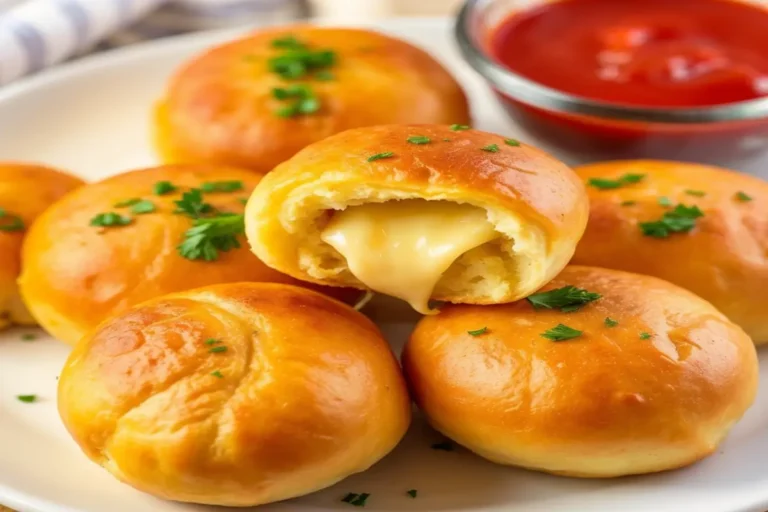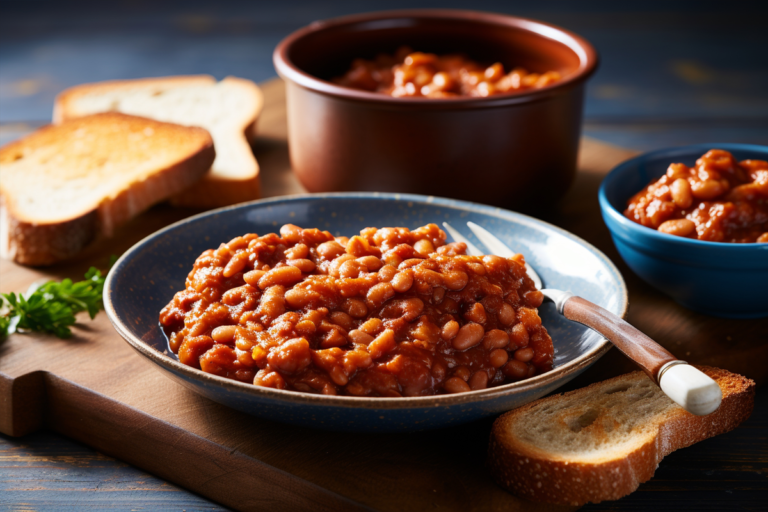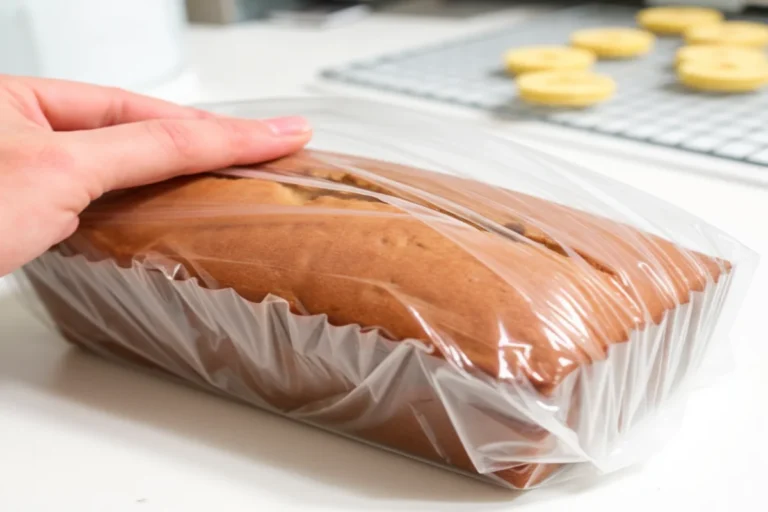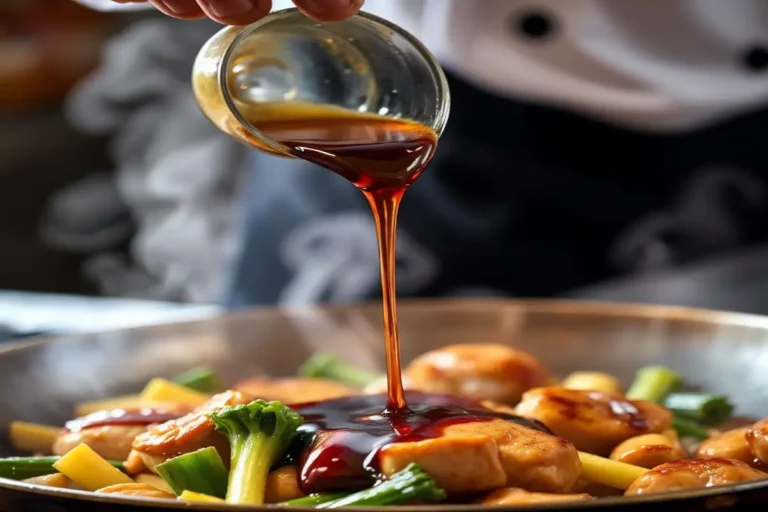What Makes the Hibachi Flavor: Key Ingredients and Techniques
What Makes the Hibachi Flavor?
Hibachi cooking, a beloved Japanese grilling technique, has won the hearts of food lovers worldwide with its distinctive and savory flavors. This cooking style is more than just a way to prepare food; it is an art that marries tradition with flavor. In this article, we’ll explore what makes the Hibachi flavor so unique and how you can recreate it in your own kitchen.
What is Hibachi Flavor?
The Hibachi flavor is a delicate balance of simplicity and complexity. It is crafted using minimal but high-quality ingredients, combined with specific cooking techniques that bring out the natural taste of the food. Unlike Teppanyaki, another Japanese grilling method, Hibachi focuses on open-flame grilling, which imparts a smoky, rich flavor to the dishes.
The key elements that define Hibachi flavor include:
- Soy sauce for its deep umami richness
- Garlic for a sharp, aromatic kick
- Sesame oil for a nutty, fragrant aroma
- Ginger for a hint of spice
These ingredients, when combined with the right cooking techniques, create a flavor profile that is both robust and well-balanced. To dive deeper into the history and origins of Hibachi, you can explore ZenPop’s detailed guide on Hibachi.
If you’re interested in making Hibachi at home, don’t miss this detailed guide on how to make Hibachi chicken at home.
The Core Ingredients Behind Hibachi Flavor
Understanding the core ingredients is essential to mastering the Hibachi flavor. The spices and seasonings used are crucial in achieving its distinctive taste.
Key Ingredients:
- Soy Sauce: This is the foundation of many Japanese dishes, adding a rich umami flavor that enhances the natural taste of the food.
- Garlic: Freshly minced garlic adds a sharp, pungent aroma that is key to Hibachi cooking.
- Sesame Oil: This oil brings a nutty and slightly sweet taste, which perfectly complements the other ingredients.
- Ginger: A subtle yet essential ingredient, ginger adds a touch of spice and freshness to the dishes.
The quality and freshness of these ingredients are paramount. Combined with the open-flame grilling method, they create the signature Hibachi flavor that is both smoky and savory. For those looking to recreate these flavors at home, Savory Experiments offers a great guide on how to make Hibachi at home.
To ensure your Hibachi seasoning is perfect, you can also check out this Hibachi seasoning guide to master the art of seasoning for that authentic flavor.
Cooking Techniques that Enhance Hibachi Flavor
The cooking techniques used in Hibachi are just as important as the ingredients. Hibachi chefs are experts at using the grill, where they sear, sauté, and cook food over an open flame. This method not only cooks the food quickly but also locks in the flavors, creating a smoky, charred taste that is quintessentially Hibachi.
Techniques:
- High Heat Cooking: Hibachi grills operate at high temperatures, which are crucial for searing meats and vegetables, giving them a flavorful crust.
- Searing: This technique involves cooking food at high temperatures to create a caramelized surface, adding depth to the flavor.
- Sautéing: Hibachi chefs use this method to quickly cook garlic, ginger, and other aromatics, releasing their full flavor without burning.
By mastering these techniques, you can bring the authentic Hibachi flavor into your own kitchen.
Signature Hibachi Sauces and Their Influence on Flavor
Sauces are an integral part of the Hibachi flavor. From the creamy Yum Yum sauce to the zesty ginger sauce, these condiments are designed to complement the grilled foods, enhancing their taste and adding another layer of flavor.
Popular Hibachi Sauces:
- Yum Yum Sauce: A creamy, slightly sweet, and tangy sauce that pairs beautifully with grilled meats and vegetables.
- Ginger Sauce: A fresh, zesty sauce made from ginger, soy sauce, and vinegar, providing a sharp contrast to the rich, smoky flavors of Hibachi.
- Mustard Sauce: A mildly spicy sauce that adds a bit of heat and tang to the dishes.
These sauces are often served alongside the meal, allowing diners to customize their flavor experience. If you’re interested in mastering these sauces, check out this guide for Hibachi sauce recipes.
The Role of Aromatics in Hibachi Cooking
Aromatics such as garlic, onion, and ginger are essential in Hibachi cooking. These ingredients are sautéed at the beginning of the cooking process, releasing their flavors into the oil, which then infuses the entire dish. This technique ensures that every bite is packed with flavor.
Key Aromatics:
- Garlic: Adds a robust, savory flavor that complements the umami of the soy sauce.
- Onion: Provides sweetness and depth, balancing out the stronger flavors.
- Ginger: Offers a fresh, spicy note that brightens the dish.
The careful use of these aromatics is what makes Hibachi dishes so aromatic and flavorful.
For a deep dive into why Hibachi chicken tastes so good, explore the secrets behind the flavor and learn how you can replicate it.
Regional Variations in Hibachi Flavor
Hibachi flavors can vary significantly depending on the region. In Japan, different areas may use local ingredients or unique techniques, resulting in subtle variations in the flavor profile.
Examples:
- Kansai Region: Known for using more soy sauce and a slightly sweeter flavor profile.
- Kanto Region: Tends to use a lighter seasoning, allowing the natural flavors of the ingredients to shine.
Additionally, Hibachi has been adapted in many countries outside Japan, often incorporating local ingredients and flavors, leading to a diverse range of Hibachi dishes worldwide.
The Experience of Dining at a Hibachi Restaurant
Dining at a Hibachi restaurant is more than just a meal; it’s an experience. The chefs perform impressive feats of culinary skill, flipping shrimp into their hats, creating fiery onion volcanoes, and more, all while cooking your meal right in front of you.
What to Expect:
- Entertainment: The chefs’ performance is a significant part of the experience, making it fun and engaging for diners of all ages.
- Customization: Many Hibachi restaurants allow you to customize your meal, choosing from a variety of meats, vegetables, and sauces.
- Communal Dining: Hibachi tables are often communal, which makes for a social dining experience where you can interact with other diners.
FAQs About Hibachi Flavor
What kind of oil is used in Hibachi cooking?
Sesame oil and vegetable oil are commonly used, with sesame oil providing a distinct nutty flavor.
What gives Hibachi its smoky flavor?
The open-flame grilling method is responsible for the smoky, charred flavor that is characteristic of Hibachi.
Can Hibachi flavor be recreated at home?
Yes, with the right ingredients and cooking techniques, it is possible to recreate authentic Hibachi flavor at home.
What are the health benefits of Hibachi food?
Hibachi cooking uses fresh ingredients, minimal oil, and lean proteins, making it a healthier choice compared to other grilling methods.
Recreating Hibachi Flavor at Home
If you’re looking to recreate the Hibachi flavor at home, there are a few tips and tricks that can help you achieve an authentic taste.
Tips for Success:
- Use High-Quality Ingredients: Fresh, high-quality ingredients are key to achieving the best flavor.
- Invest in a Good Grill: A grill that can reach high temperatures is essential for searing and achieving that smoky flavor.
- Practice Your Techniques: Searing, sautéing, and timing are crucial to getting the flavor just right.
By following these tips, you can bring the Hibachi experience into your own kitchen.
Common Mistakes to Avoid When Cooking Hibachi
Over-seasoning or Under-seasoning
Hibachi cooking relies on a delicate balance of flavors, so it’s important not to overdo it with the seasonings.
Incorrect Cooking Temperatures
Cooking at too low a temperature can result in soggy, flavorless food, while too high a temperature can burn the ingredients.
Using the Wrong Type of Pan or Grill
For the best results, use a flat-top grill or a cast-iron skillet to mimic the Hibachi cooking surface.
Conclusion: The Essence of Hibachi Flavor
The Hibachi flavor is a perfect blend of tradition, technique, and quality ingredients. Whether you’re enjoying it at a restaurant or recreating it at home, the smoky, savory taste of Hibachi is sure to delight your palate. Embrace the experience, explore the flavors, and savor every bite of this unique culinary art form.





